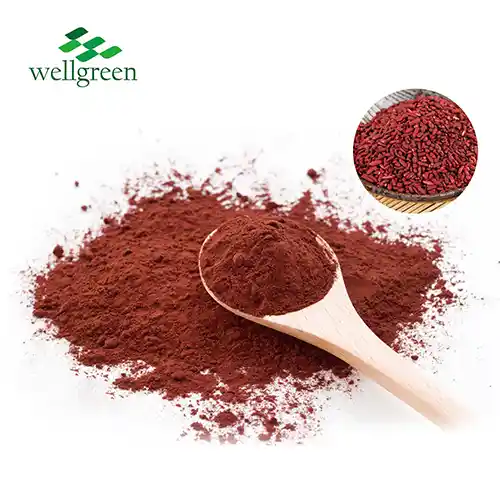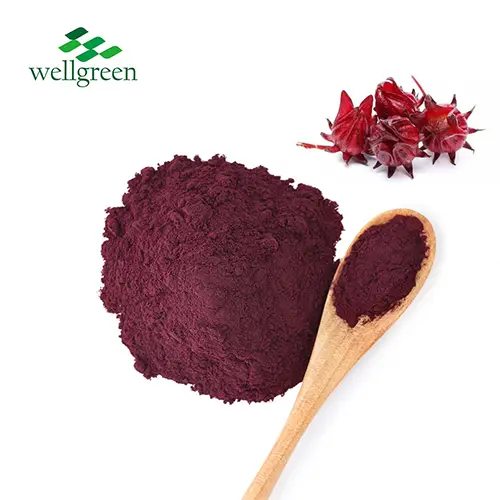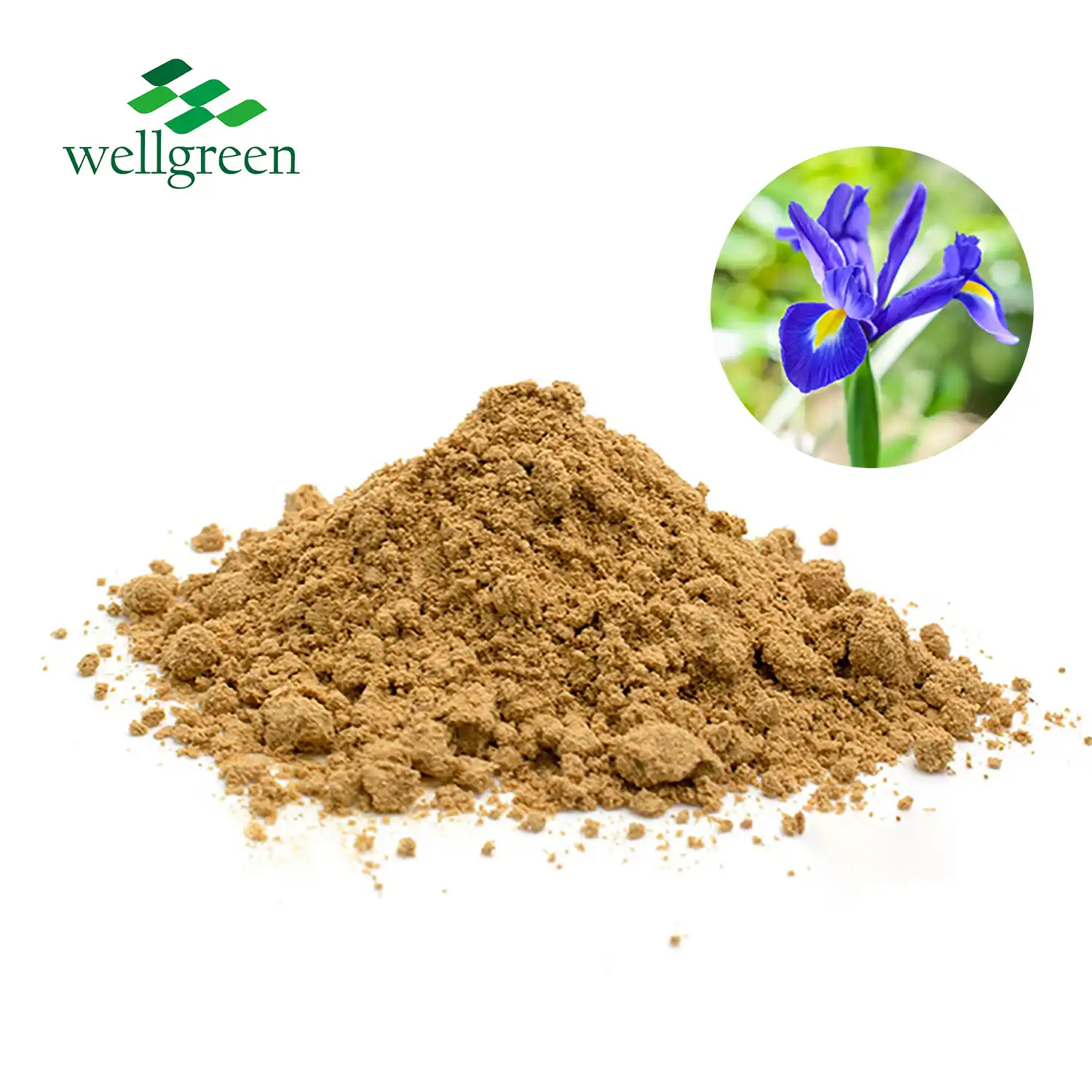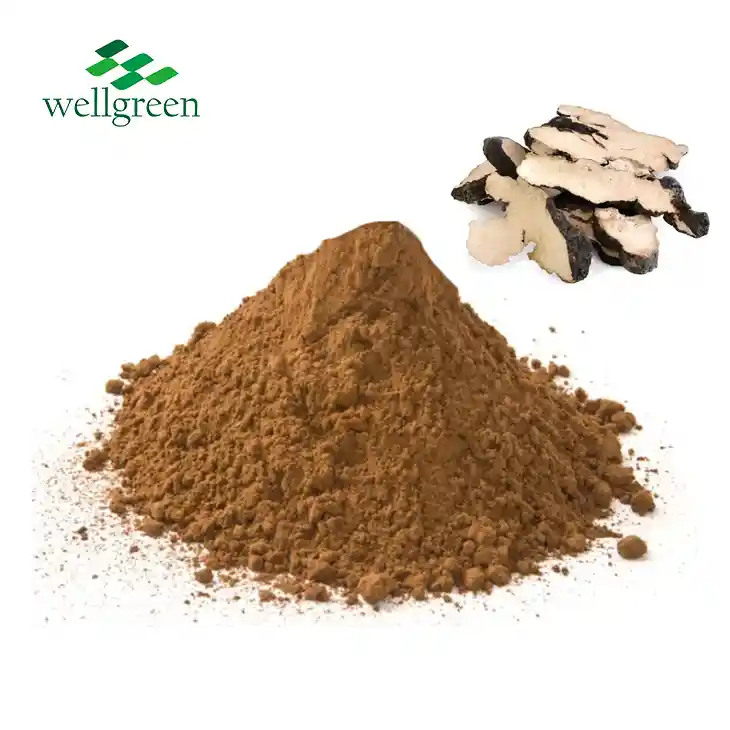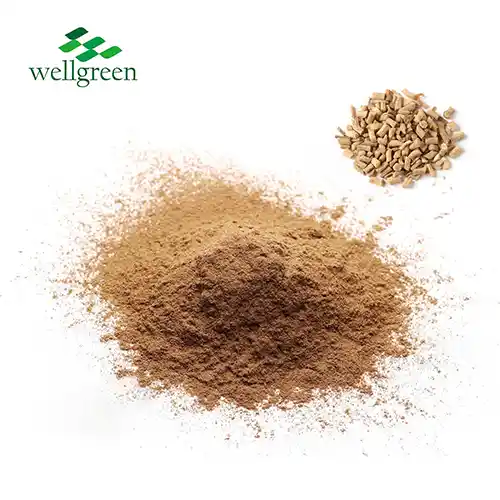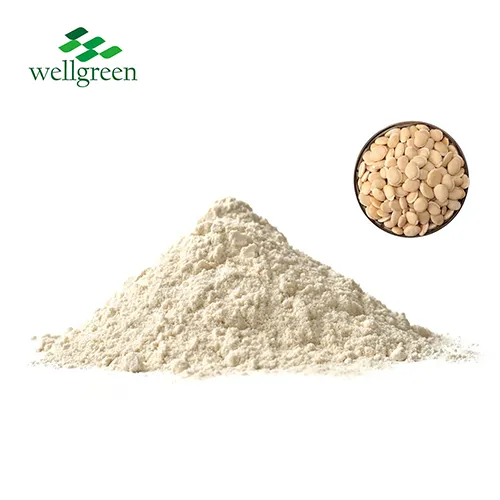What Are the Benefits of Trichosanthes?
2024-08-06 15:14:32
Trichosanthes, particularly Trichosanthes kirilowii root extract, has garnered significant interest for its potential health benefits. From traditional medicinal uses to modern scientific research, exploring the benefits of this herbal extract can provide valuable insights into its applications for health and wellness.
Trichosanthes, commonly known as snake gourd or Chinese cucumber, encompasses several species known for their medicinal properties. Trichosanthes kirilowii, specifically, is valued in traditional Chinese medicine for its roots, which are believed to possess various health benefits. Extracts derived from these roots are increasingly studied for their pharmacological effects and potential therapeutic applications in modern medicine.
Exploring Respiratory Health Benefits
 Traditional Uses and Modern Insights
Traditional Uses and Modern Insights
Traditional Chinese Medicine (TCM) relies heavily on Trichosanthes kirilowii root extract to treat a variety of respiratory conditions. It is believed to have heat clearing, phlegm clearing, and cough relieving properties. Because of this, it is a common treatment for lung infections and chronic coughs. Trichosanthes kirilowii, also known as Tian Hua Fen, is used in Traditional Chinese Medicine (TCM) to balance internal heat and moisture, reducing phlegm and alleviating discomfort in the respiratory system. Modern scientific research into its potential mechanisms of action and clinical efficacy has been sparked by these traditional uses.
Mechanisms of Action
Modern research has started to validate these traditional claims by investigating the bioactive compounds present in Trichosanthes kirilowii. Studies suggest that the extract may have bronchodilatory effects, which can help conditions like asthma and bronchitis. Bronchodilation refers to the widening of the air passages, which can make breathing easier for individuals suffering from constricted airways. This effect is crucial for asthma and bronchitis patients, where airway constriction is a significant symptom.
Additionally, Trichosanthes kirilowii root extract is believed to inhibit airway inflammation. Inflammatory pathways in the airways contribute significantly to the symptoms of respiratory conditions. The extract appears to reduce the production of inflammatory mediators, thereby mitigating inflammation. This reduction in inflammation can lead to an overall improvement in respiratory function, as seen in preliminary studies.
Anti-Inflammatory and Mucolytic Effects
One of the critical therapeutic benefits of Trichosanthes kirilowii extract is its anti-inflammatory properties. Chronic inflammation in the airways can lead to persistent symptoms and deterioration of lung function. By inhibiting inflammatory responses, the extract helps reduce airway inflammation, which is a common feature of many respiratory conditions, including asthma and chronic bronchitis. The anti-inflammatory effects of Trichosanthes kirilowii are thought to stem from its ability to modulate the immune response, thereby reducing the production of pro-inflammatory cytokines.
Moreover, the extract has mucolytic properties, which help break down and clear mucus from the respiratory tract. Excessive mucus production is a hallmark of many respiratory conditions, and its accumulation can obstruct airflow, leading to breathing difficulties. By reducing mucus production and promoting its clearance, Trichosanthes kirilowii can improve airway patency and enhance respiratory function.
Antioxidant Protection
The antioxidant properties of Trichosanthes kirilowii add another layer of respiratory protection. Oxidative stress, characterized by an imbalance between free radicals and antioxidants in the body, can damage lung tissue and impair respiratory function. The antioxidants in Trichosanthes kirilowii help neutralize free radicals, thus protecting lung cells from oxidative damage. This protective effect is particularly beneficial in chronic respiratory conditions, where oxidative stress contributes to disease progression.
Investigating its Role in Diabetes Management
Traditional Uses and Scientific Inquiry
Trichosanthes kirilowii root extract has been used for diabetes management for a long time in various cultures, demonstrating its historical significance in herbal medicine. It has long been recognized by practitioners of traditional medicine as having the ability to control blood sugar levels, which has prompted scientific research into its anti-diabetic properties.
Mechanisms of Action
An understanding of how Trichosanthes kirilowii may aid in diabetes management has been provided by recent research. It is thought that the extract can make cells more sensitive to insulin and take in more glucose, which could help lower blood sugar levels. These effects are significantly influenced by the extract's key bioactive compounds, such as polysaccharides and triterpenoid saponins. Blood sugar regulation is thought to be influenced by these compounds because they are thought to alter key enzymes involved in glucose metabolism.
Preclinical Studies
Trichosanthes kirilowii extract has shown promising results in diabetic animal models in preclinical studies. For instance, studies on diabetic rats have demonstrated that the extract can significantly lower blood glucose levels and increase insulin sensitivity. The extract's capacity to reduce hyperglycemia by enhancing insulin receptor activity and promoting glucose uptake by cells is believed to be the cause of these effects.
Potential as Adjunct Therapy
The promising outcomes of animal research suggest that Trichosanthes kirilowii could be used as an additional diabetes treatment. Patients looking for alternatives to standard antidiabetic medications will benefit greatly from this potential. A holistic approach to managing diabetes that addresses not only blood sugar levels but also related metabolic processes are provided by the extract's natural origin and multiple mechanisms of action.
Need for Human Studies
There are only a few human studies on Trichosanthes kirilowii root extract, despite the encouraging results from preclinical models. Comprehensive clinical trials are urgently required to confirm its safety and efficacy in human populations. The best dosages, long-term effects, and potential interactions with standard antidiabetic medications should be the primary focus of these studies. Incorporating Trichosanthes kirilowii into standard diabetes management procedures necessitates an understanding of these factors.
Exploring its Skin Health Benefits
Antioxidant and Anti-Inflammatory Properties
Trichosanthes kirilowii root extract is progressively perceived for its dermatological applications, because of its rich substance of cell reinforcements and mitigating compounds. Skin cells are shielded from oxidative stress and environmental harm caused by pollution and UV rays thanks to these properties. By killing free extremists, the concentrate can forestall untimely maturing and keep up with the skin's young appearance.
 Promoting Collagen Synthesis
Promoting Collagen Synthesis
The ability of Trichosanthes kirilowii root extract to boost collagen synthesis is one of its most notable advantages. For skin's elasticity and firmness to be maintained, collagen is an essential protein. The extract's bioactive compounds have been shown to increase collagen production, which helps smooth out fine lines and wrinkles and improves skin firmness and elasticity.
Soothing Irritated Skin
Trichosanthes kirilowii's anti-inflammatory properties make it especially helpful for soothing irritated skin and reducing redness. As a result, the extract is a promising ingredient for treating eczema and acne. It can help alleviate the discomfort and enhance the overall appearance of these conditions by calming the skin and reducing inflammation.
Popularity in Skincare Products
Skincare items integrating Trichosanthes kirilowii root extract are acquiring prevalence for their regular way to deal with keeping up with skin wellbeing and essentialness. Trichosanthes kirilowii perfectly fits this trend, as consumers are increasingly looking for products with natural and effective ingredients. It is a valuable addition to a variety of skincare formulations, including soothing lotions and anti-aging creams, due to its ability to protect, repair, and rejuvenate the skin.
Future Research and Applications
Proceeded with investigation into the dermatological advantages of Trichosanthes kirilowii root extract might reveal new helpful applications and definitions customized to different skin types and concerns. We can anticipate more inventive applications of this extract in skincare as scientific knowledge of its properties grows, potentially leading to natural skincare products that are more effective.
Conclusion
In conclusion, Trichosanthes kirilowii root extract represents a fascinating intersection of traditional wisdom and modern scientific inquiry. Its potential benefits for respiratory health, diabetes management, and skincare underscore its versatility as a natural remedy. While further research is necessary to fully understand its mechanisms and efficacy across different applications, current evidence supports its role as a promising herbal extract with diverse therapeutic potential.
References
1. Zhang, H. et al. (2018). The traditional uses, phytochemistry, pharmacology and toxicology properties of Trichosanthes kirilowii Maxim.: A review. Journal of Ethnopharmacology, 227, 135-150.
2. Choi, J.Y. et al. (2017). Anti-inflammatory and anti-asthmatic effects of triterpenoids from the roots of Trichosanthes kirilowii in an allergic asthma mouse model. Planta Medica, 83(5), 437-445.
3. Lin, X. et al. (2016). Antidiabetic effect of total saponins from Trichosanthes kirilowii in diabetic rats. Pharmaceutical Biology, 54(10), 2135-2141.
4. Kwon, J.H. et al. (2020). Skin barrier protective effects of Trichosanthes kirilowii root extract on H2O2-induced cell damage in human keratinocytes. International Journal of Molecular Sciences, 21(3), 1142.
5. Kim, H.J. et al. (2019). Skin anti-aging effects of Trichosanthes kirilowii extract: Downregulation of matrix metalloproteinases expression. Journal of Cosmetic Dermatology, 18(2), 460-467.

